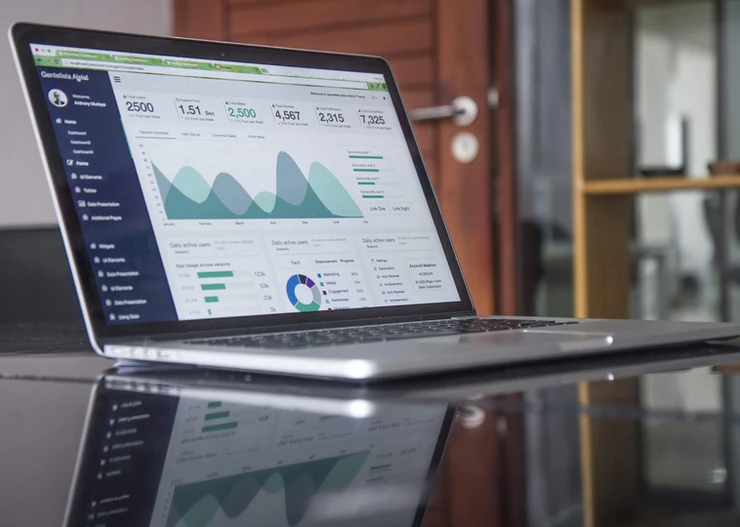1 Minute = 4 billion FB likes, 211 million online pieces created, 300 hours YouTube Videos shared, 2 billion Instagram likes
These statistics can be mind numbing, but they are true and indicative of the fast-paced, content-ridden, highly digitized world we live in nowadays. Ever wonder, how tuned our minds have become to consuming information and content on a daily basis? Whatsapp notifications, Tweets, FB Posts, video shares, Googling (the defacto for online search!), news feeds on our devices, and so much more are our breakfast staples alongside our morning cup of coffee. The rest of the day is similar, as we access online services, pay utility bills, apply for a business trade license, buy cinema or airplane tickets, order groceries or even a massage using our smartphones. But what is driving our choices, whether purchasing, producing, consuming or sharing?
So what is the Content Economy?
Defined by experts, the Content Economy is an economic ecosystem of producing, distributing, exchanging and consuming digital content, enabled either by people or organizations, and powered by the Internet and Internet technologies.
The influencers of the choices we make are interlaced amidst all the content we consume online. The Cadbury video that positions family at the center of celebratory occasions, or the Asian Paints film about the empowering journey of a team of all-women painters. The ads for our preferred choice of handbags popping up innocently alongside the FB page we are browsing, making us think “Facebook knows me so well” ! The innocuous posters for e-learning courses interspersed within your information feed just days after you have been researching a good online resource for SEO Certification!
At the same, the distinction between buyers and sellers is blurring. They no longer exist in isolated boxes. We are all consumers and creators at the same time. Its why we now often hear of the new YouTuber who has become a rage with her cooking videos, or the tech blogger who now enjoys a massive following and is a strategic influencer. That is the power digitization and the Internet has provided us. Further marketing boundaries have been diluted. Online storefronts have meant that customers seldom require to be in a brick and mortar store to be privy to a brands collections or promotions. One second you are reading about nuclear missiles and in the next you have been prompted by an Aeropostale Sale banner to order your favorite hoodie! All of this creation and consumption of content that influences buying based on an indicative preference of customers’ choice is what the Content Economy is all about.
The Content Economy is transforming industries
Either way you look at it, content has become the mainstay and the lifeblood of all businesses. We consume content voraciously, daily. We live in an era marked by individualism, expression, independence and empowerment. We choose to see or buy or consume what we want to, and ignore or block what we don’t. We are all free to create and share our content or product or service with a massive global audience. And the Internet is definitely the engine for this change. However beyond the evolving consumer-creator paradox, a greater impact can be seen on media companies and publishers, who are now morphing into brand editors, curators and creators of content, driven primarily by how the Content Marketing strategy has evolved within the Content Economy.
Storytelling has become the core of Content Marketing. To effectively and continually engage with customers, content needs to be culturally and socially relevant, and delivered at the right place, at the right time. This has led to the birth of programmatic ads and the slow decline and decay of traditional ads, (whether print or digital display) which are already being seen as a legacy business by experts.
There this bid to monetize Branded Content has led to a blurring of boundaries between publishers and agencies, with several publishers investing heavily in in-house production studios offering agency-like services, allowing them to engage with customers from consulting and research to creating ad campaigns.
So what can you do as a business to be ahead of the curve?
Attention is the new currency. As the visual and information overload increases, attention spans are diminishing. Standing out from the clutter is becoming imperative.
Therefore relevance of content is assuming criticality especially as users and consumers become guardians of their time and attention.
Equally important is the frequency. Posting short, but often, is more effective in the long run.
Additionally it is important to invest in technologies to gain consumer understanding, which can further assist with consumer profiling, behavior & preferences, impacting the relevance of created content.
The importance of storytelling cannot be highlighted enough. Creating and maintaining an emotional connect with the audience remains at the core of Content Marketing.
Finally, Listening is the secret to discovering great stories. And the entire content economy is hinged on the art of storytelling. Social listening, Voice of the customer, Surveys, Research, interactive tools are all ways to listen to what the customer is saying, and deliver what they want, and what they need. This also prevents a Push strategy, rather encourages a Pull model of sales.
There is much more that businesses need to be cognizant of if they need to make a successful the transition to the Content Economy. I will elaborate on several aspects in subsequent posts. Keep watching this space for more bites on The Content Economy, Content Marketing and the Phygital World!


